3D Printing isn’t exactly harmful, but just like any other industry, there are a lot of waste products and emissions from 3D Printing that impacts our environment. As people are now realizing the effects of their carbon footprints we can take a few steps to ensure that taking the greenest way out!
As a 3D printing community, there are a few small steps all of us can take to make 3D printing as sustainable and eco-friendly as possible. You won’t regret it!
1) Recycle your filament at home!
Many times you’ll find yourself wishing you could recycle your failed prints, or other waste ABS material. And guess what? You absolutely can! ABS may not be biodegradable but it can definitely be recycled and investing in a good recycler is not only better for your print but good for the planet too.
A filament recycler grinds up your old print or household plastic and turns it into filament that can be used for new prints. And since ABS is a thermoplastic, it makes for the perfect filament which you can re-use even after being heated before. So why keep spending on filament when you can just recycle your failed prints and waste plastic? There are many different filament grinders and extruders available as well as machines that do both like the Protocycler. If you’re looking for something more on the budget then buy the shredders and extruders separately- Filabot, Recyclebot, and Shred-Buddy are some cool examples to check out!
It’s important to remember that you shouldn’t mix different types of filament while recycling as it can result in low print quality.
2) Opt for bio-degradable and eco-friendly filaments
Though PLA is bio-degradable, it still contains many chemicals that aren’t good for the soil. A better alternative would be opting for more sustainable filaments that are readily available online. And no these filaments aren’t made from your basic materials. Did you know there are eco-friendly filaments made of coffee, bamboo, and even beer?
Not a lot of people are aware that these filaments even exist. To know more, read our blog post about these mind-blowing eco-friendly filaments. Apart from them, another note-worthy filament is the Willow Flex compostable by both EU and USA compostability standards.
3. Use Dissolvable Supports like PVA
Supports are great for holding your prints up but did you know that most of the 3D printing waste comes from thrown away support materials? We know its impossible to stop using supports, especially with prints that contain overhangs but how about using other materials?
Opt for a water-soluble PVA filament for your supports which not only dissolve completely when exposed to water but will also avoid excess waste. Apart from that, it’s much easier than manually breaking off supports and you get a clean print-surface too!
You will, however, need a dual extrusion printer for using the PVA supports. Another great material is HIPS (High Impact Polystyrene) which dissolves in Limonene solution.
4) Combine your leftover filament to make something out-of-the-box
An amazing tool for combining leftover or broken off filament strings is EasyWelder. It’s typically a welder for filaments and by placing the ends of the two filaments within the clamp, you press down and voila- a new filament is born.
You can join two filaments of a different color to make a hybrid filament that, when printed, results in a multicolor object.
Though the EasyWelder isn’t very expensive, there is another way to do this. Just keep feeding extra filament into your printer continuously to create a multi-colored model. The cons of this method are you can’t pause the printer and it’s important to use the same type of filament and same print settings.
5) Build an enclosure for your 3D printer
Let’s be honest, a very small percentage of us actually use an enclosure for our 3D Printers. Although the fumes released during 3D printing won’t kill you- they’re definitely not great for your health.
And since many of us use our 3D printers straight from our very homes, becomes even more important to keep our environment safe and fume-free. Hence enclosures are a great way to print without worrying about inhaling these fumes or leaking them into the air. Check out Robert Sojak’s easy guide on how to make your very own enclosure.
All in all, something as small as changing your filament or recycling your old filament can have a big impact on our environment, especially since the 3D printing community is so vast and ever-growing. Let’s help make some good changes!
Credits- etsy.com, robertsojak.com, ultimaker.com, redetec.com


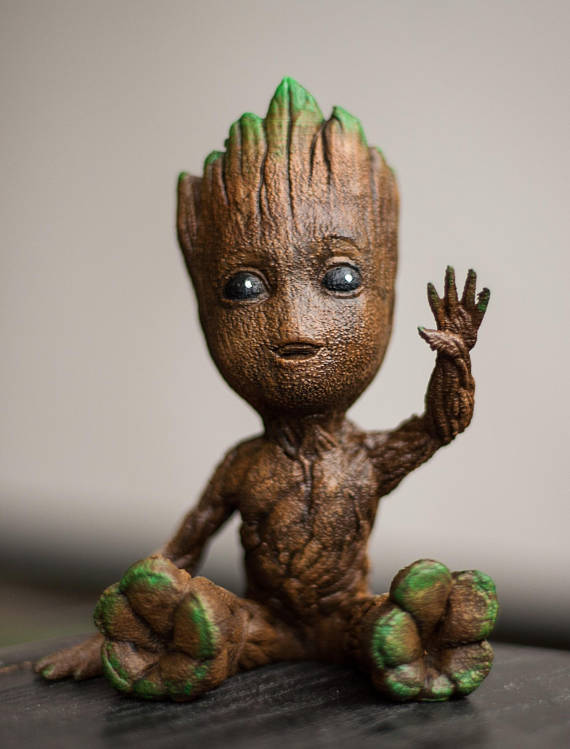
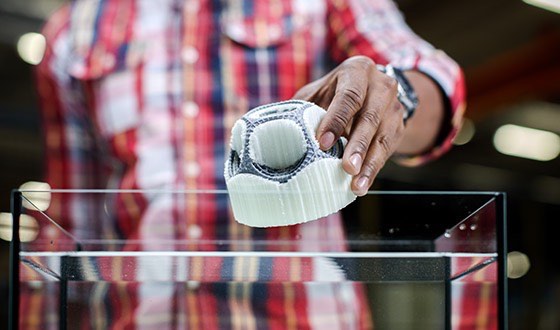
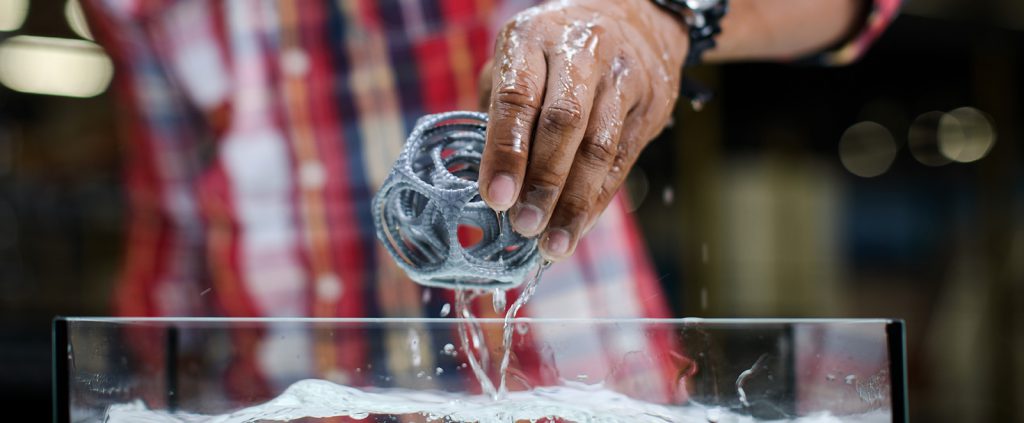
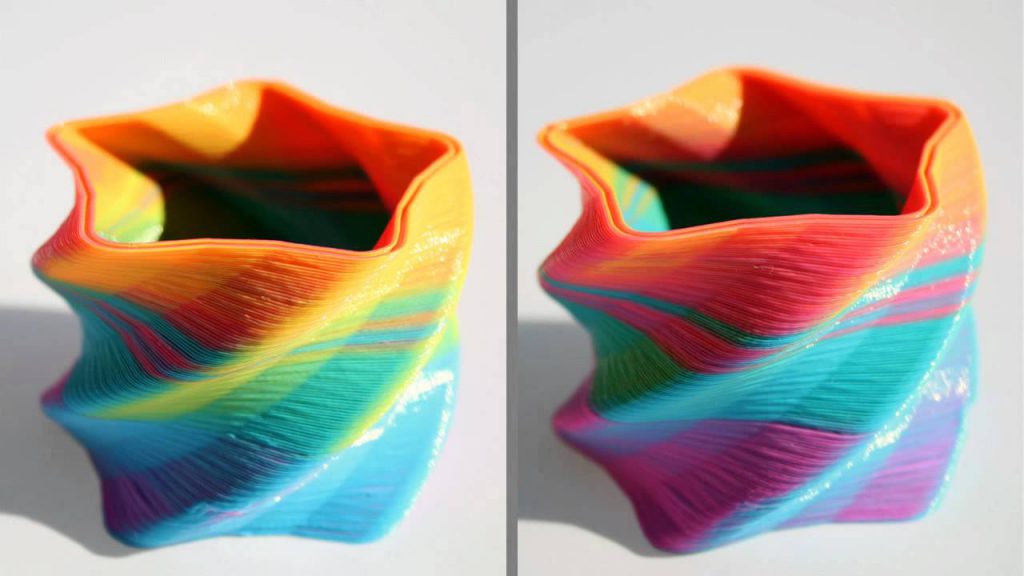
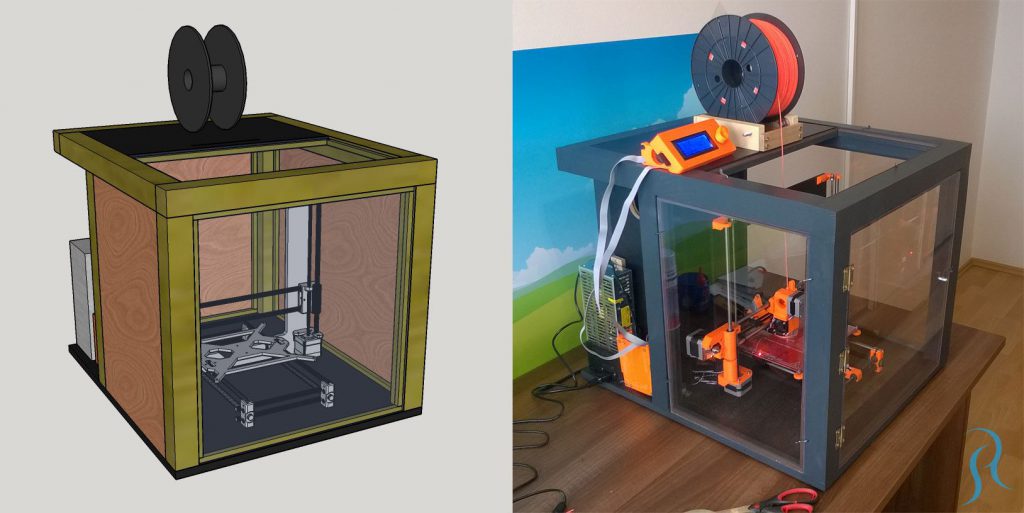
No comments:
Post a Comment